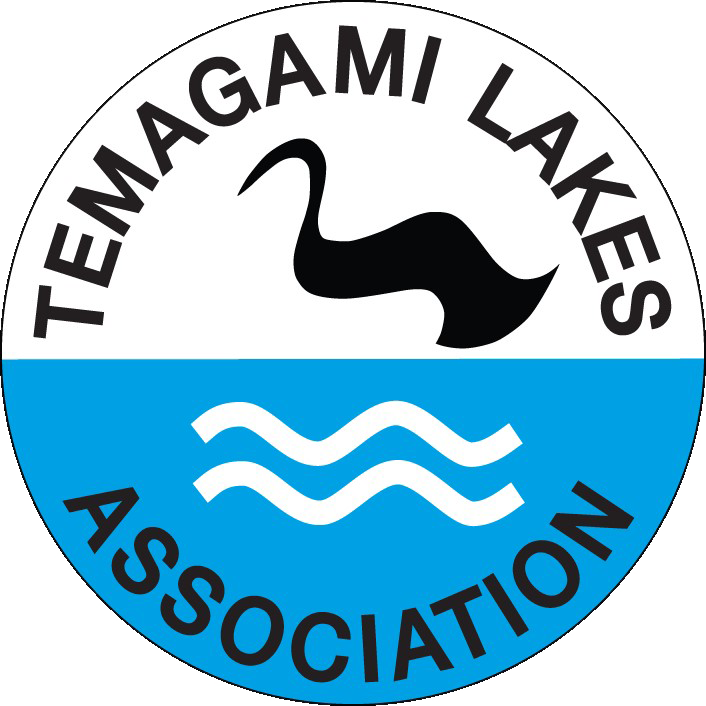Ontario Government Proposes Tightening Restrictions for Floating Accommodations
Ontario’s Ministry of Natural Resources and Forestry (MNRF) is asking the public to weigh in on proposed changes to how floating accommodations should be used on the province’s waterways.
The Ministry said that it’s seen an increase in the types of vessels being used for overnight accommodation, including floating structures that resemble cottages buoyed by Styrofoam. These floating accommodations are allowed to moor on provincial land as camping units, but they can’t reside on the same tract of public land permanently. They must move every 21 days.
In March 2022, the Ministry sought feedback from the public, Indigenous communities, municipalities, and other stakeholders on how floating accommodations should be used on public lands covered by water. The majority of respondents stated that current rules were too permissive, citing concerns over impacts on water quality, wastewater management, noise pollution, and lack of building permits or property taxes, among other concerns.
Based on these responses, the province has proposed making changes to the conditions that must be met when camping on water. The biggest changes include reducing the number of days someone can camp on water in one location from 21 to seven, requiring them to move to a different location at least one kilometre away, prohibiting camping within 300 metres of a developed shoreline, and redefining camping units as watercraft primarily used for navigation, excluding house-like structures on floatation systems.
More information on these proposed changes can be found at: MNRF Public Lands Act – Regulatory Proposal. Public feedback can be submitted through the Environmental Registry of Ontario (https://ero.ontario.ca/notice/019-6590) until April 11, 2023.
